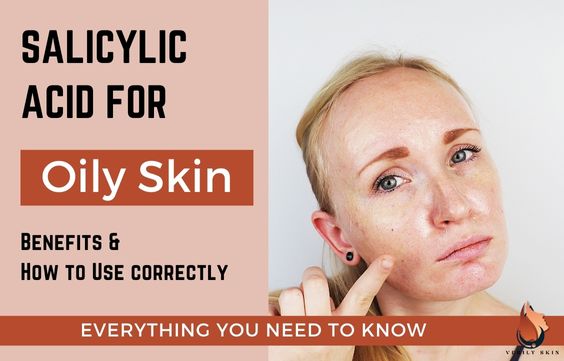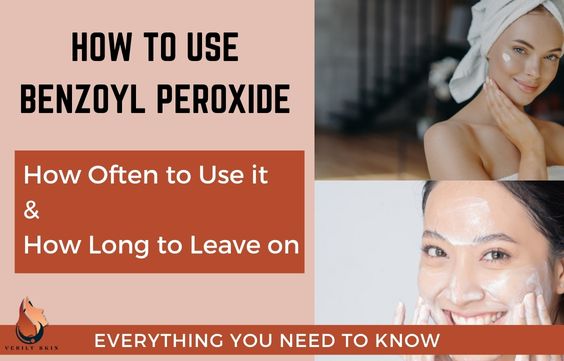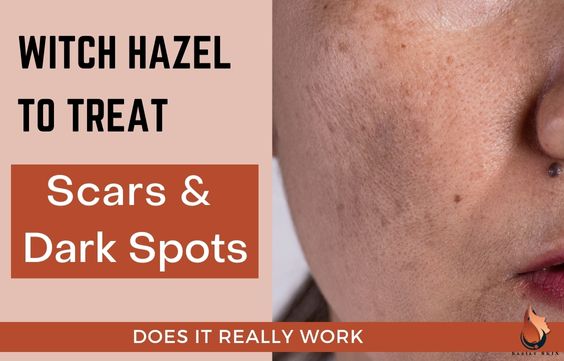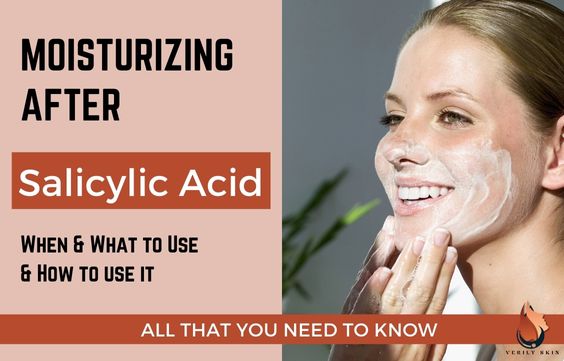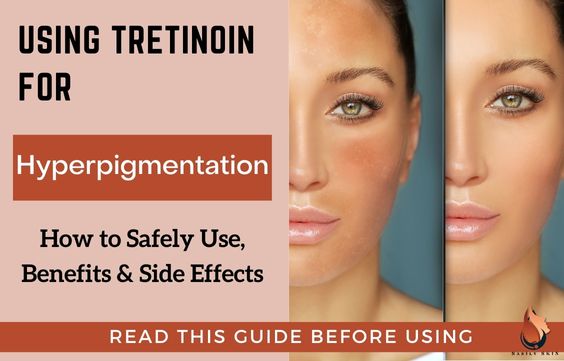Can You Safely Use Lactic Acid & Retinol Together
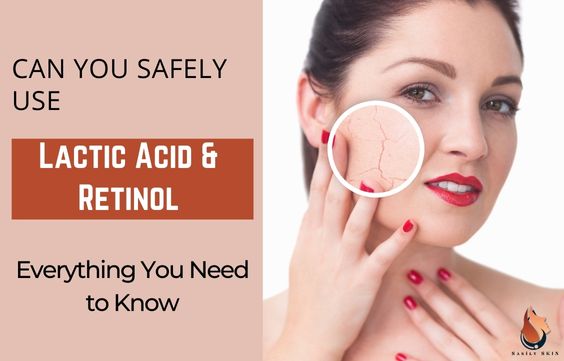
Lactic Acid has tremendous benefits for the skin when used properly. And the same can be said of retinol. While it can be beneficial to have both of these products in your skincare routine, it is not advised that you use them at the same time.
Instead you need to allow sufficient time to pass after using one of them before using the other. This will allow both products to work safely and effectively.
Now in this article we are going to walk you through:
- How Both Lactic Acid & Retinol Works
- What Would Happen if you use them at the same time
- How to Safely Use them together in your Skincare routine
- And finally give you some safer alternatives
What is Lactic Acid?
Lactic Acid is an Alpha Hydroxy Acid that is water-soluble and is used in many exfoliating products for the skin or as a chemical peeling solution. Citation.
How Does Lactic Acid Work
- Lactic Acid works by breaking up the bonds that hold skin cells together which results in the shedding of the top layer of the skin (the dead skin cells).
- It also promotes cell turnover and cell renewal, which are the processes through which your skin loses old cells and replaces them with new ones.
- Lactic Acid also promotes collagen production and helps to unplug the pores around hair follicles. Citation.
- Its water solubility helps to retain moisture in the skin and also holds moisture that is added.
What is Retinol & How Does It Work
Retinol is a synthetic vitamin A derivative. It does not remove dead cells from the skin, instead, it penetrates deep into the dermis (the middle layer of the skin).
In the middle layer, it neutralizes free radicals and improves the production of collagen and elastin. It also increases the rate at which new cells are reproduced. This gives the skin a “plumper” look which reduces the appearance of fine lines, wrinkles, and large pores. Citation.
Retinol is the less potent form of the Vitamin derivative and needs to be converted to retinoic acid before it can take effect on the skin. It is about 20 times less potent than retinoids and so is considered safe for OTC use. Citation
What Would Happen if you Used Lactic Acid & Retinol at the same time?
Now that we know what lactic acid does for our skin and what retinol does, we might be tempted to think that combining these two products would be a great idea. However, most experts advise against doing so. Citation.
Using retinol immediately after an acid may result in:
- The retinol becoming ineffective since the acid may prevent or delay its conversion to retinoic acid
- Increased redness
- Increased dryness
- Increased irritation and itchiness
- Increased sensitivity to the sun which can cause you to sunburn too easily. Citation.
And because of these reasons you need to allow enough time to pass after using lactic acid before using retinol.
How Can you Safely use lactic acid & retinol in your skincare routine?
Both lactic acid and retinol have major effects on the skin and both can be irritating if used too aggressively. If you want to include both of these products in your skincare routine, here are a few things you can do.
1- Introduce products into your routine gradually
If you are not already using one of these ingredients, it is best to introduce the other into your skincare routine gradually.
For example, if you are already using lactic acid, but you want to start using retinol, first do a patch test. Then start using small amounts twice to three times a week, then gradually increase the frequency over several weeks.
Also using an acid-free toner before applying new acids or retinol can also help if you are worried about your skin’s sensitivity.
2- Use Products on Alternate Days/Nights
If you are using both lactic acid and retinol, you can try using them on different days/nights.
For example, if you use lactic acid on Monday, use your retinol instead on Tuesday. Then on Wednesday, you skip the retinol and use your lactic acid again.
Or, you can use one of the ingredients for several days/nights and then switch to the other ingredients for the remaining days/nights of the week.
3- Apply acids in the morning, and retinol at night.
When your skin has built up enough tolerance to the ingredients and as you become more seasoned in your skincare experience, you can try using your acids in the morning and your retinol at night.
Retinol breaks down in sunlight and becomes less effective. Your skin may also become more sensitive to sunlight, especially if your sunscreen is not very potent. Therefore, it is better to have this one in your nighttime regimen instead.
4- Make sure your Skin is Hydrated
Both lactic acid (and any acid) and retinol are known for their ability to dry out your skin. Therefore, you should hydrate your skin religiously in the morning and at night.
Consider including hyaluronic acid-rich items in your everyday routine. This superfood for the skin retains up to 1,000 times its molecular weight in water, which means that all of that hydration is transferred straight to your skin.
Just be sure to spray your face with water first, otherwise, the hyaluronic acid will suck moisture from your skin instead.
To seal in all of that hydration, apply one to two layers of your preferred moisturizer. Citations.
What can you use instead
If you are worried about using both of these products in your routine, you can switch them out for alternatives.
Please keep in mind that both of these ingredients, while studied are still relatively new to skincare and it is always a good idea to consult a skincare professional, or your doctor, before using either of the two.
Bakuchiol Instead of Retinol
One alternative for retinol is Bakuchiol, which is referred to as retinol’s plant-based sister for the skin. Citation.
According to doctors, bakuchiol is an antioxidant found in the seeds and leaves of the Psoralea Corylifolia plant. Research also says that bakuchiol helps prevent fine lines and wrinkles, as well as pigmentation, elasticity, and firmness.
It operates on the same receptors as retinol, which is why many people refer to it as a natural retinol alternative. Citation.
Polyhydroxy Acid Instead Of Lactic Acid
An alternative for lactic acid or AHAs (alpha-hydroxy acids) in general is a polyhydroxy acid (PHA).
Older research suggests that PHAs can help moisturize skin and stimulate skin cell renewal, reducing the appearance of fine lines and wrinkles. They are less irritating than similar exfoliating chemicals, especially if you have sensitive skin. Citation.
According to experts, because PHAs have a larger molecular structure than AHAs and BHAs, they take longer to infiltrate and do not penetrate as deeply. This reduces the possibility of irritation.
PHAs may also be linked to decreased post-treatment UV sensitivity, as well as a lower risk of sunburn and sun damage. Citation.

